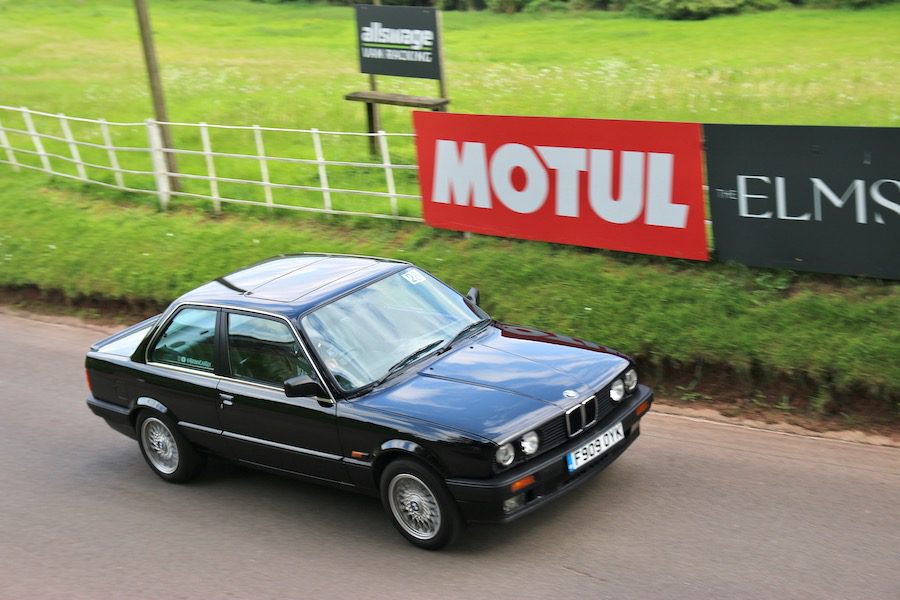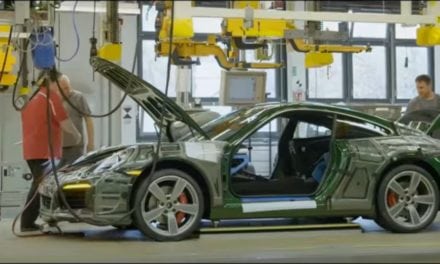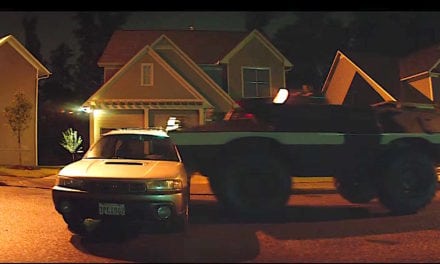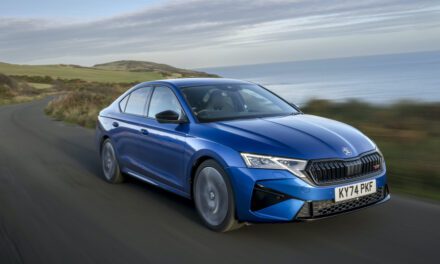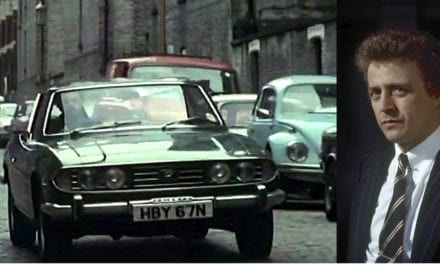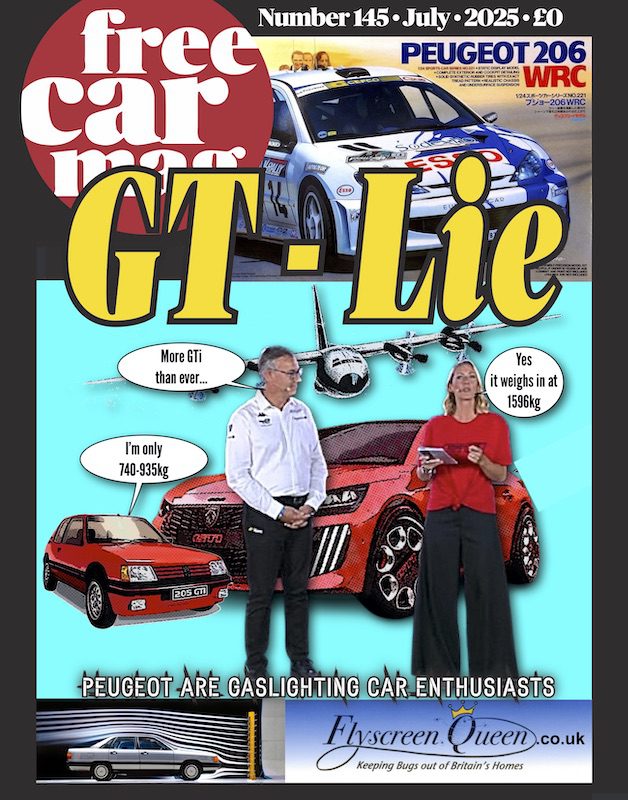Shahzad Sheikh was invited by Motul, the global French company that makes oil and lubricants for cars, and has traditionally had strong motorsports connections, to take part in a session with the Shelsley Walsh Hill Climb Driving School located in Worcestershire, close to Birmingham.
Never having been there before, I jumped at the chance, even when it was suggested that I take my own car, a classic 1989 BMW 325i SE (E30). While I do use the car regularly, if not quite as a daily driver, I have never actually driven it hard around any kind of motorsports facility since I got it in March last year.
I do try to ensure it is well-maintained and looked after as well as possible, it is a 33-year-old car, and old cars do occasionally have problems. Last summer the front left wheel nearly came off on a motorway after the hub developed a fault. Both the hub and wheel had to be replaced.
So, when I arrived at the venue, it’s something of an understatement to admit I had second thoughts. While it’s a short sprint – the fastest ever run was done in just 22.37 seconds in a custom-made single seater weighing just 410kg but boasting 700bhp – it’s technically challenging, but more crucially, dangerous.
There is no run-off, pretty much the entire course is a narrow lane channelled by rising, unforgiving and foreboding banks and hard barriers.
The hillclimb has zero margin for error, and it didn’t help that even before we started our first runs, a car had gone off at the end of the long finish straight and lost part of its bumper and fender. Amazingly the fastest cars up this hill cross the finish line at 165mph despite the extremely short braking zone!
Even more soberingly, another car hit two of the banks just before lunch resulting in substantial damage. Thankfully both drivers were okay.
Astonishingly Shelsley Walsh Hill Climb Circuit is claimed to be the oldest continuously in-use motorsports venue in the world! The circuit, nestled in the picturesque Teme Valley, hosted its first every event on 12 August 1905, when the Midland Automobile Club organised its first event on the narrow, winding public road leading to Shelsley Walsh.
It was treacherous course, with a rough surface and sharp bends, to start with, but in 1907, the Midland Automobile Club acquired the lease for the hill and undertook significant modifications to improve the circuit’s safety and accessibility.
The track was widened, and spectator facilities were added, transforming it into a dedicated motorsport, which has attracted some of the most notable drivers of the time, including greats like Sir Malcolm Campbell, Raymond Mays, and Stirling Moss.
Today, Shelsley Walsh Hillclimb Circuit hosts numerous motorsport events throughout the year. The annual British Hillclimb Championship rounds attract top competitors, and there’s also themed events and classic car gatherings.
Taking part in the Driving School course means first walking the 1000-yard (about 900m) course. On a bright sunny day in the picturesque surroundings, that might not sound like a chore, but after just a few meters you realise how steep it actually is and before long, you find yourself running out of breath.
The fastest road cars are said to be capable of crossing the finish line in about 35 seconds. With just 170bhp from the 2.5-litre straight six in my car, and potentially some of those horses have gone to pasture in the intervening years, I set myself a modest target of getting under one-minute. However, the school sessions aren’t timed, and it isn’t until I reviewed the in-car video footage back home that I’d know the times.
Rolling up to the start line, just ahead of the ‘Spin Line’ where pro drivers get to burn a little rubber and warm up their tyres (not today though), I stop and a marshal places a chock behind the rear wheel so I don’t have to worry about rolling back or using the handbrake for a clean start. You’re released when the light switches to green, but on a race day, the timing doesn’t start till your wheels cross the start line.
My first run is just a brisk reconnaissance amble up, to get a feel for the surface, sight lines and note where the markers are, plus of course see the final braking zone for myself. Surprisingly I later realise I do this under the minute at just over 58 seconds. On the second run I start to open things up slashing eight and half seconds off that to get 49.5.
After the four initial morning runs and getting feedback from strategically position instructors, I start to understand some aspects of the hillclimb.
You have to use all the track, because maintaining momentum is key, especially as I don’t have a huge amount of power.
The BMW six-cylinder has torque from low revs, but you’re tempted to change early. Do that and speed scrubs off quickly. So, I stay in gear till the 6000rpm redline before selecting third. The first left hander after the esses needs a dab on the brakes and quick heel-and-toe downshift to second, then you chuck it into the sharp blind right and floor it to the finish.
After lunch they remove the markers that indicate braking points and apexes. This definitely makes it more difficult. But my last run ends up being quickest of the day nonetheless at 48.5 seconds. However, I was still holding back, a little afraid of wrecking the car. It’s very likely the car could’ve shaved up to another two seconds off that, especially with more practice or more likely a more skilled driver.
Ultimately it wouldn’t have been worth the risk of damaging the engine or the bodywork for two extra seconds, but having said that, it’s very exciting day out, where you get to test not only your own car, but your own skill and nerves, receive invaluable tips from passionate professionals who are eager to see you do well, and come away knowing you’ve survived the hill.
BrownCarGuy.com
YouTube.com/BrownCarGuy
Facebook.com/BrownCarGuy
Instagram.com/ShahzadSheikh
Twitter.com/Shahzad_Sheikh

